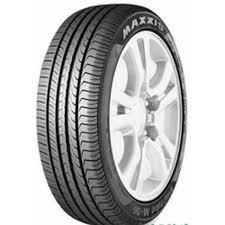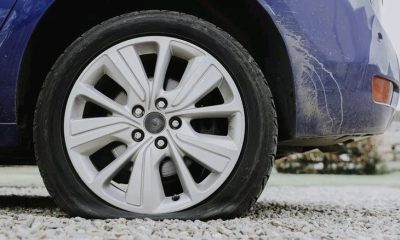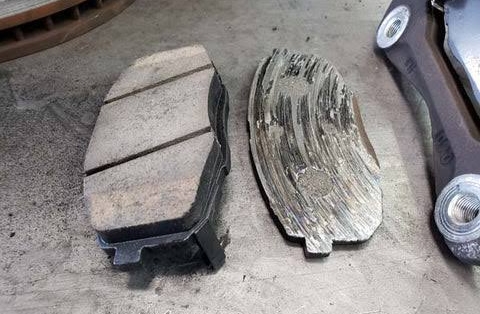Car/Vehicle Maintenance
Tire Maintenance: Essential Tips to Extend Tire Life

Tires are the only parts of your vehicle in constant contact with the road, making proper tire maintenance crucial for safety, fuel efficiency, and overall performance.
From checking tire pressure to alignment and rotation, understanding how to care for your tires can save you money and prevent accidents.
In this guide, we’ll explore the fundamentals of tire maintenance, provide actionable tips, and address common questions to keep your vehicle rolling smoothly.
Why Tire Maintenance Matters
- Safety: Properly maintained tires ensure better grip, braking, and stability. Worn or underinflated tires increase the risk of accidents.
- Fuel Efficiency: Well-inflated tires reduce rolling resistance, improving gas mileage by up to 3%.
- Longevity: Regular maintenance prevents uneven wear and extends the lifespan of your tires.
- Cost Savings: Routine care reduces the need for premature replacements and lowers repair costs.
Tire Pressure: The Foundation of Maintenance
Why It’s Important: Incorrect tire pressure is a leading cause of blowouts and uneven wear. Both overinflation and underinflation can reduce your tires’ lifespan and compromise safety.
How to Check Tire Pressure:
- Use a reliable pressure gauge.
- Refer to your vehicle’s owner manual or the sticker inside the driver’s door for recommended PSI (pounds per square inch).
- Check pressure monthly and before long trips.
Pro Tip: Tire pressure fluctuates with temperature changes. For every 10°F drop, tires lose about 1 PSI.
Tire Rotation: Ensuring Even Wear
What Is It?: Tire rotation involves switching the position of tires (e.g., front to back) to balance wear patterns.
Why It’s Important:
- Prevents uneven wear, especially for front tires that bear more weight and stress.
- Prolongs tire life.
Recommended Frequency: Every 5,000 to 8,000 miles or during oil changes.
Rotation Patterns: Follow your vehicle’s manual, but common patterns include:
- Front-to-back: Switch front tires to the rear and vice versa.
- Cross-rotation: Move front tires to the opposite rear positions.
Wheel Alignment: Staying Straight on the Road
What Is Alignment?
Proper alignment ensures your tires are angled correctly parallel to each other and perpendicular to the road.
Signs of Misalignment:
- The vehicle pulls to one side.
- Uneven tire wear.
- Vibrations in the steering wheel.
How to Fix It:
Visit a professional for alignment checks every 6 months or whenever you notice symptoms.
Tread Depth: Measuring Safety
Why It’s Important: Adequate tread depth provides grip, especially in wet or snowy conditions.
How to Measure Tread Depth:
- Use a tread depth gauge
- Alternatively, perform the penny test: Insert a penny into the tread with Lincoln’s head facing down. If you can see his entire head, it’s time for new tires.
Legal Limit: Tread depth should be at least 2/32 of an inch. However, replace tires sooner for better safety.
Balancing Your Tires
- What Is Tire Balancing?: It ensures the weight of the tire and wheel assembly is evenly distributed.
- Why It’s Important: Unbalanced tires cause vibrations, uneven wear, and stress on suspension components.
When to Balance:
- After installing new tires.
- When you feel vibrations in the steering wheel.
Seasonal Tire Tips
1. Winter Tires: Use tires with better traction for snowy and icy conditions.
2. Summer Tires: Switch to summer or all-season tires once the weather warms up.
3. Storage: When storing off-season tires, keep them in a cool, dry place away from direct sunlight.
Common Mistakes to Avoid
- Ignoring regular pressure checks.
- Skipping tire rotations.
- Delaying alignment or balancing services.
- Overloading your vehicle, which stresses tires unnecessarily.
Tire maintenance is a simple yet essential aspect of vehicle care. By staying proactive checking pressure, rotating tires, monitoring tread depth, and ensuring proper alignment you can enhance safety, save on fuel, and extend the life of your tires.
Make tire care a habit, and your vehicle will thank you with better performance and fewer unexpected expenses.





















